
The Alsterwanderweg is a scenic walking trail located in Hamburg, Germany. It follows the course of the Alster River, providing a picturesque route through the city and surrounding natural areas. The trail runs from the Alster's source in the north of Hamburg, near Kayhude, all the way to the Alster Lakes (Au├čenalster and Binnenalster) in the city center.
The path offers a blend of urban and natural landscapes, making it a popular spot for walking, jogging, and cycling. Key sections include:
1. **Source of the Alster**: Near Kayhude, north of Hamburg.
2. **Northern Suburbs**: Through green areas and residential neighborhoods.
3. **Alster Lakes**: Around the Au├čenalster and Binnenalster in the city center, offering views of Hamburg's skyline.
The Alsterwanderweg is well-marked and accessible from various points along its route, making it easy for residents and visitors to explore different parts of Hamburg by following the river.
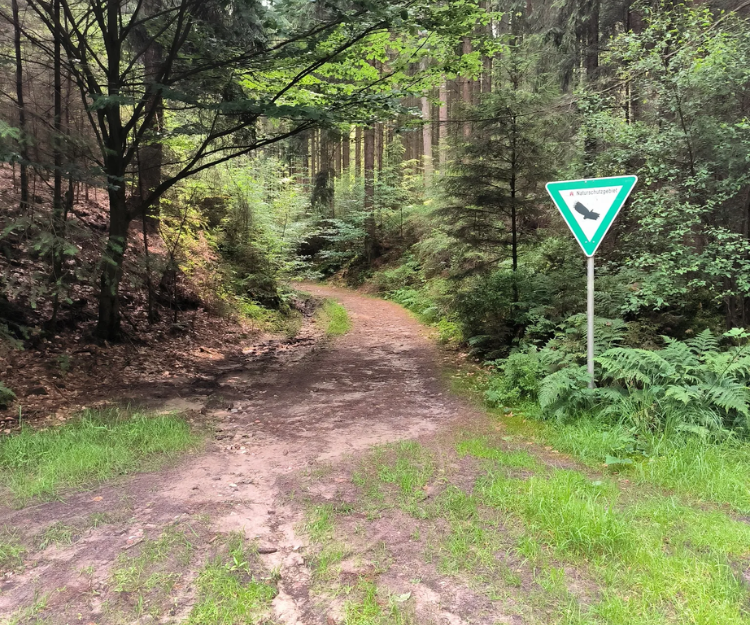
The exact year when the Alsterwanderweg was formally established as a walking trail is not widely documented. However, the development of recreational walking paths and greenways in Hamburg, including those along the Alster River, has been an ongoing process, likely taking shape over several decades as part of the city's urban planning and environmental conservation efforts.
The Alsterwanderweg's popularity and formal recognition as a designated trail for walking and cycling likely evolved gradually as the city expanded and efforts to promote outdoor activities and green spaces increased. The precise year of its inception may not be readily available, but its development is part of Hamburg's long-term strategy to enhance its urban environment and provide recreational opportunities for residents and visitors.
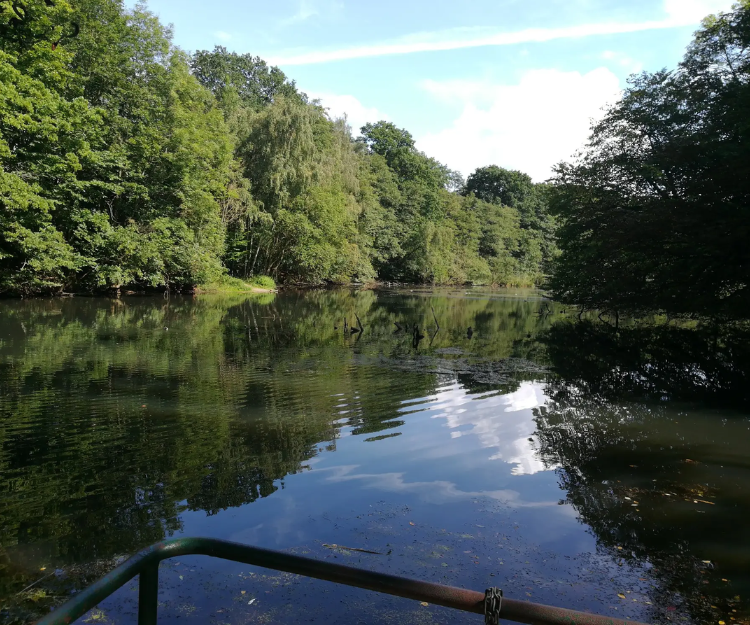
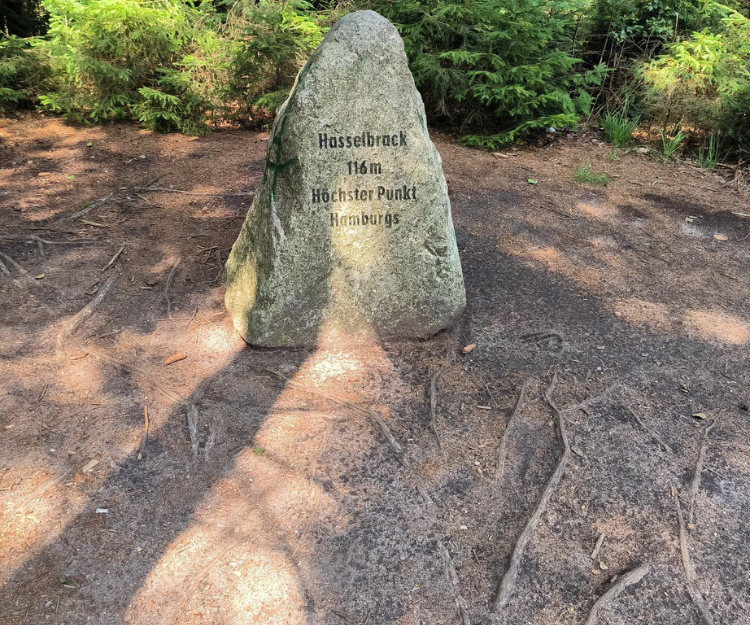
The Alsterwanderweg does not have a specific inventor. Instead, its development was likely a collective effort involving urban planners, environmentalists, and city officials in Hamburg. The creation and maintenance of such trails are typically the result of coordinated initiatives by municipal authorities and local organizations dedicated to urban planning, environmental conservation, and public recreation.
The idea of establishing trails like the Alsterwanderweg usually stems from the desire to provide residents and visitors with accessible green spaces and recreational opportunities, improve urban environments, and preserve natural landscapes within the city. Therefore, the trail's existence can be attributed to the broader movement within Hamburg to enhance the quality of urban life through thoughtful planning and community involvement.
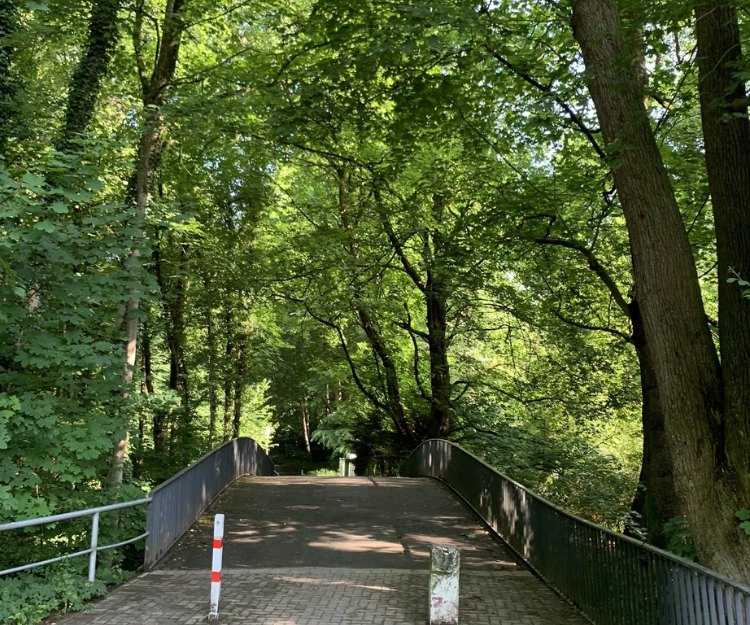
The name "Alsterwanderweg" is derived from two German words: "Alster" and "Wanderweg."
1. **Alster**: This refers to the Alster River, which flows through Hamburg. The river is a significant geographical feature of the city and its surrounding areas, and it plays a central role in the trail's route.
2. **Wanderweg**: This translates to "hiking trail" or "walking path" in English.
Combining these terms, "Alsterwanderweg" essentially means "Alster Hiking Trail" or "Alster Walking Path." The name reflects the trail's purpose and location, indicating that it is a path designed for walking or hiking that follows the course of the Alster River.
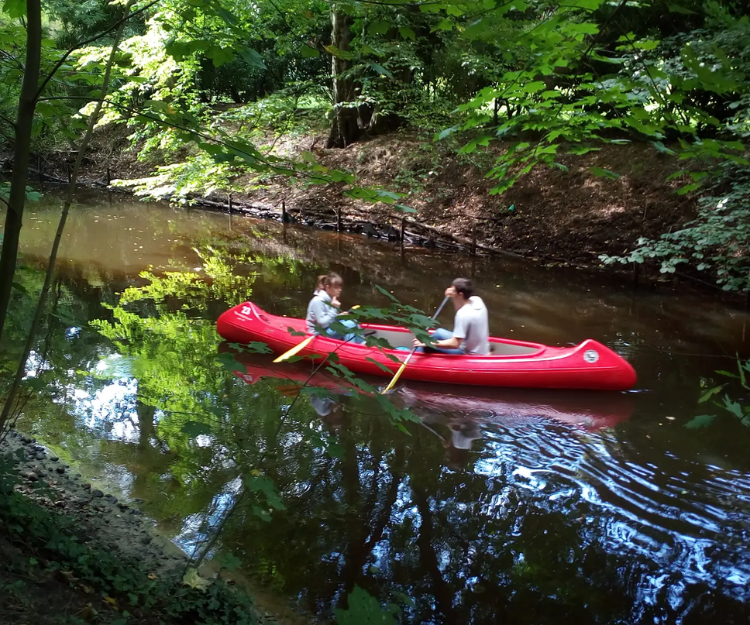
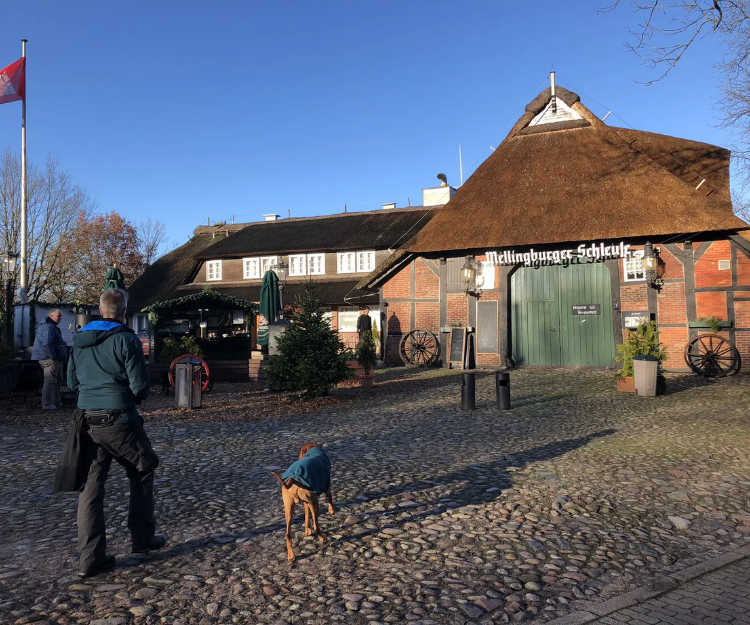
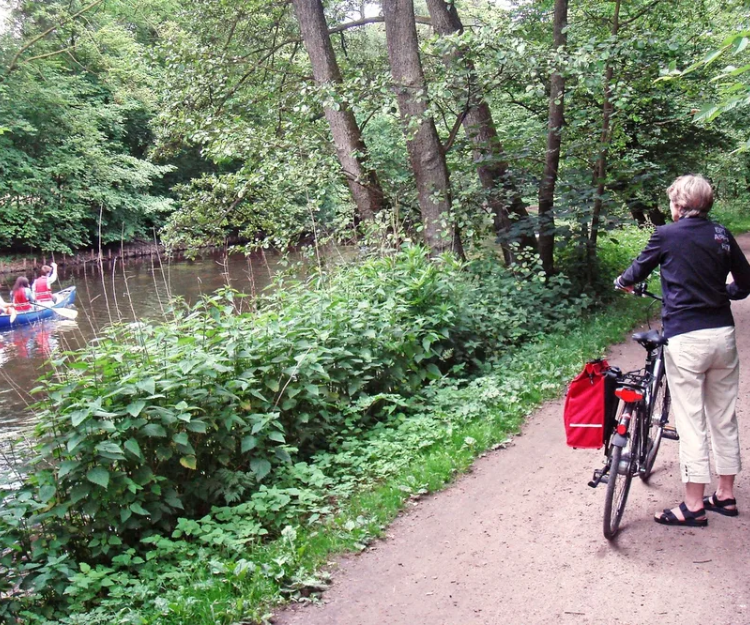
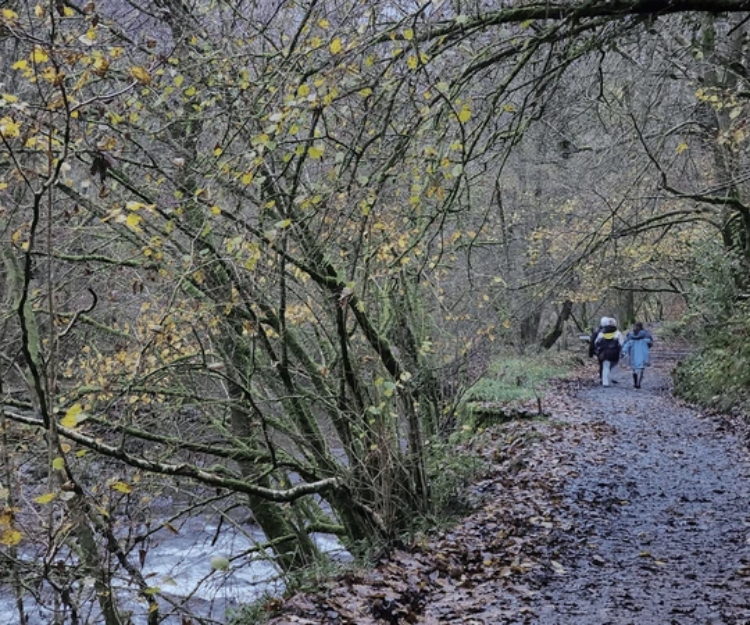
The Alsterwanderweg is particularly appealing to hiking lovers for several reasons:
1. **Scenic Beauty**: The trail offers a variety of picturesque landscapes, including tranquil riverbanks, lush green meadows, forests, and urban parks. It provides a peaceful and visually pleasing environment for hikers.
2. **Variety of Terrains**: The Alsterwanderweg features diverse terrains, from paved urban paths to more natural, wooded trails. This variety caters to different preferences and levels of hiking experience.
3. **Length and Flexibility**: The trail is extensive, stretching from the northern suburbs of Hamburg to the city center, allowing hikers to choose different starting and ending points based on their desired distance and difficulty level. This flexibility makes it suitable for both short walks and longer hikes.
4. **Accessibility**: The trail is well-marked and easily accessible from various points in Hamburg, including public transportation links. This convenience makes it easy for both residents and visitors to enjoy the trail.
5. **Natural and Urban Mix**: The Alsterwanderweg offers a unique blend of natural and urban environments. Hikers can enjoy the tranquility of nature while also experiencing the vibrant city atmosphere when the trail passes through urban areas.
6. **Wildlife and Flora**: The trail is home to a variety of wildlife and plant species, making it an attractive destination for nature enthusiasts who enjoy observing birds, animals, and different types of vegetation.
7. **Cultural and Historical Sights**: Along the way, hikers can encounter cultural and historical landmarks, such as bridges, old mills, and charming neighborhoods, adding an educational and enriching dimension to the hiking experience.
8. **Recreational Facilities**: The Alsterwanderweg is equipped with amenities such as benches, picnic areas, and cafes, providing opportunities for rest and refreshment during the hike.
The Alsterwanderweg's combination of natural beauty, diverse terrains, accessibility, and cultural richness makes it an ideal destination for hiking enthusiasts looking for an enjoyable and varied outdoor experience.

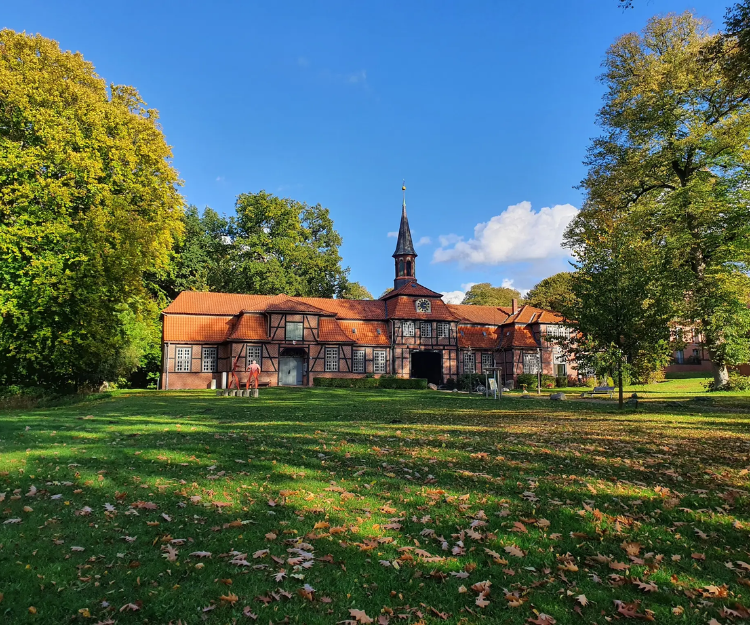
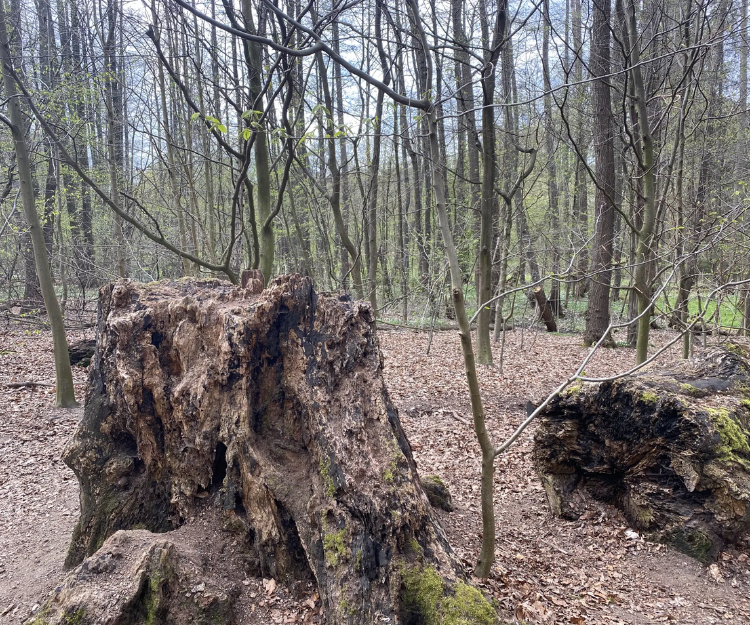
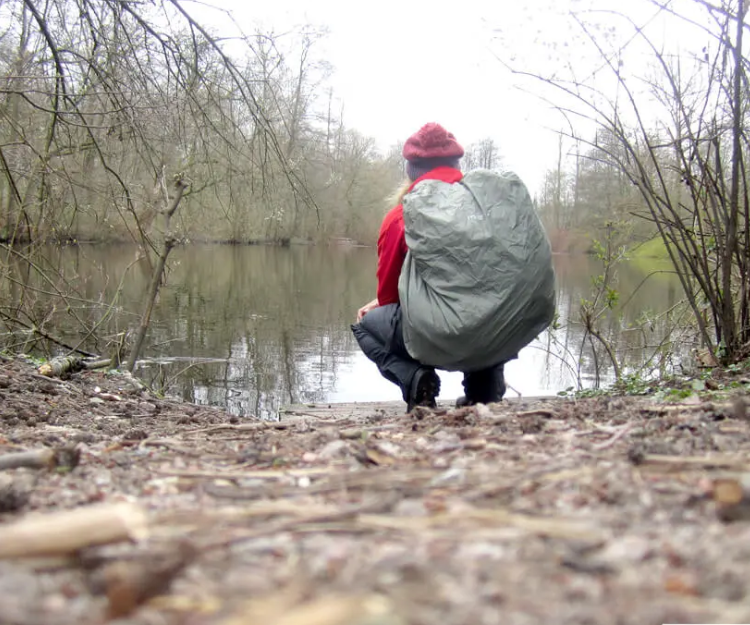

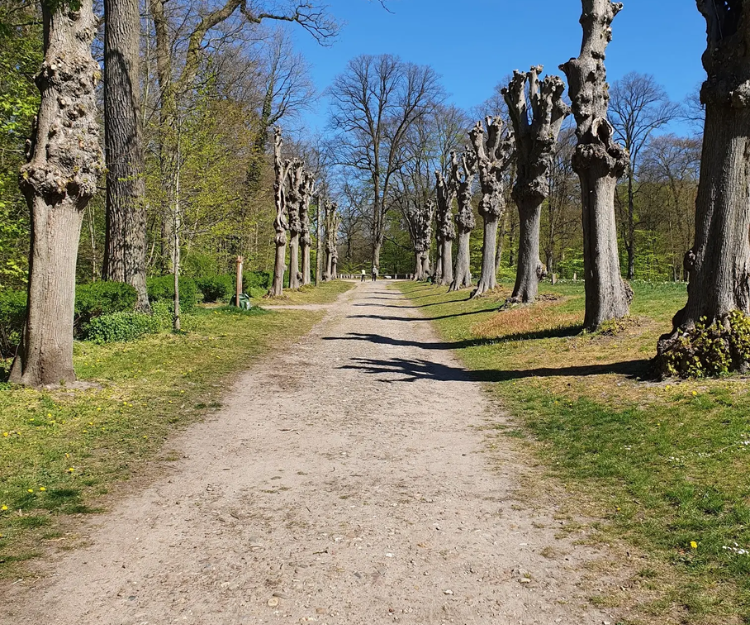
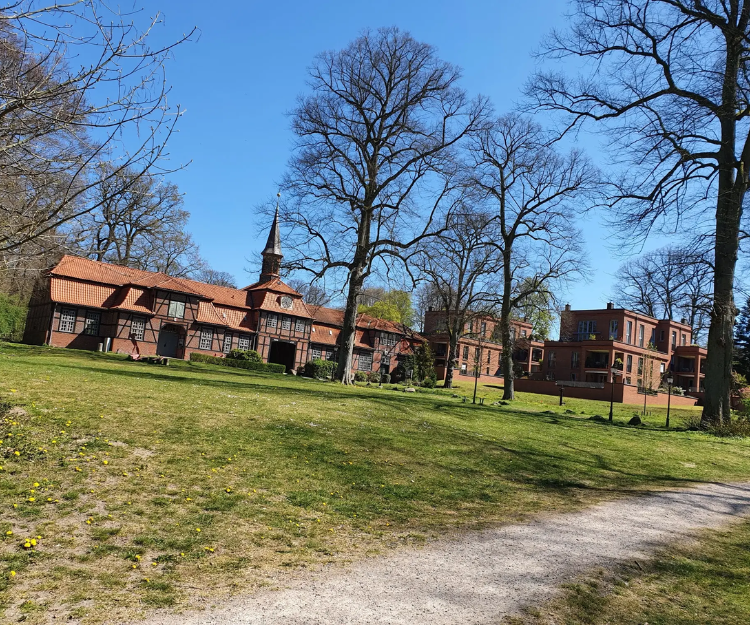
The Alsterwanderweg is suitable for hiking throughout the year, offering different experiences and attractions in each season:
1. **Spring**: In spring, the trail comes alive with blooming flowers and fresh greenery. Hikers can enjoy mild temperatures and the vibrant colors of nature awakening after winter.
2. **Summer**: Summer provides warm and sunny weather, ideal for longer hikes and spending extended time outdoors. The trail's shaded sections through forests and parks offer a cool respite from the heat.
3. **Autumn**: Fall is a particularly beautiful time to hike the Alsterwanderweg, as the foliage transforms into stunning hues of red, orange, and yellow. The cooler temperatures make for comfortable hiking conditions.
4. **Winter**: Even in winter, the trail has its charm. Although it might be colder, the landscape can be serene and picturesque, especially if there is snowfall. The trail's accessibility means that hikers can still enjoy shorter walks and the tranquility of a winter landscape.
Throughout the year, the Alsterwanderweg remains well-maintained and accessible, with the following considerations:
- **Clothing and Gear**: Hikers should dress appropriately for the season, wearing layers in winter, breathable fabrics in summer, and sturdy footwear year-round.
- **Trail Conditions**: Be mindful of trail conditions, which can vary with weather. Parts of the trail might be muddy in spring or autumn or icy in winter.
- **Daylight Hours**: Plan hikes according to daylight availability, especially in winter when days are shorter.
The Alsterwanderweg's year-round appeal ensures that hikers can enjoy the trail's natural beauty and recreational opportunities in any season.